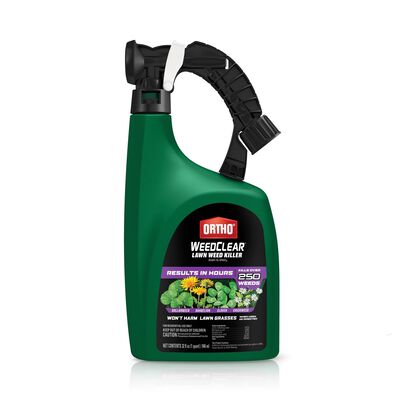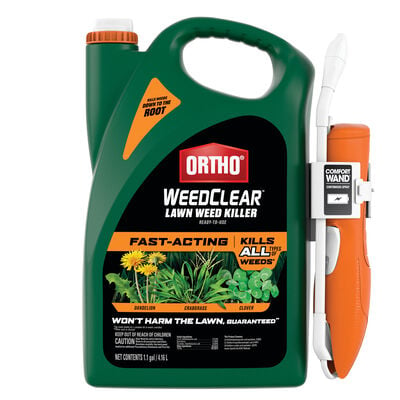
Garlic Mustard
This broad-leafed, invasive weed is listed as a noxious harmful weed in every state where it's found.
Garlic Mustard Defined
Garlic mustard was introduced here in the 1860's. Today it is one of the greatest threats to natural habitats. Garlic mustard is a biennial plant, so it does not flower until the
second year. You can recognize garlic mustard during its second year of growth by its toothed, heart-shaped leaves and white flowers. During its first year of growth, it grows as a rosette and slightly resembles wild violet. When you crush the leaves, they smell like garlic.
Overview
This Weed Tops the List of Unwanted Plants. Somebody really messed up with garlic mustard. The plant was introduced here in the 1860's for food and medicine. Today, it's the dominant plant on the forest floor in the eastern part of the country. Garlic mustard is listed as a noxious (harmful) weed in every state where it's found. It has spread as far west as Kansas, taking over native habitat. Deer don't like to eat it, so they over-graze on native plants, and open up more space for the weed. It's also toxic to some rare butterflies. You'll see it under trees, along fences, and in the shadows of bushes.
Prevention and Maintenance
Hand-Pull Small Stands. For individual plants or small areas, you can yank them out if the soil is damp. Grab the plant near the base and pull gently until the main root comes out. If root fragments stay in the ground, they can grow back. Pull plants by hand before they flower and produce seed. Don't leave pulled plants on the site, as they may have seeds on them.
For Larger Areas, Use a Control Product. If you have a lot of garlic mustard, hand-pulling may take too long. But you're in luck. Since garlic mustard is a broad-leafed weed, you have some effective options available. To control garlic mustard in the lawn, use
Be Careful Near Water. Garlic mustard likes to grow near bodies of water. Take steps not to get your control products in the water when you apply them. Hand-pull the plants closest to water, and spray the others.
Watch for New Growth. Garlic mustard seeds can live in the ground for five years. They tend to crop up near the parent plant. If you've removed garlic mustard in an area, be on the lookout for new plants that may try to sneak back.
Ortho® WeedClear™ Lawn Weed Killer Ready-to-Spray. The best time to apply is in early spring before the plants flower or late fall.

